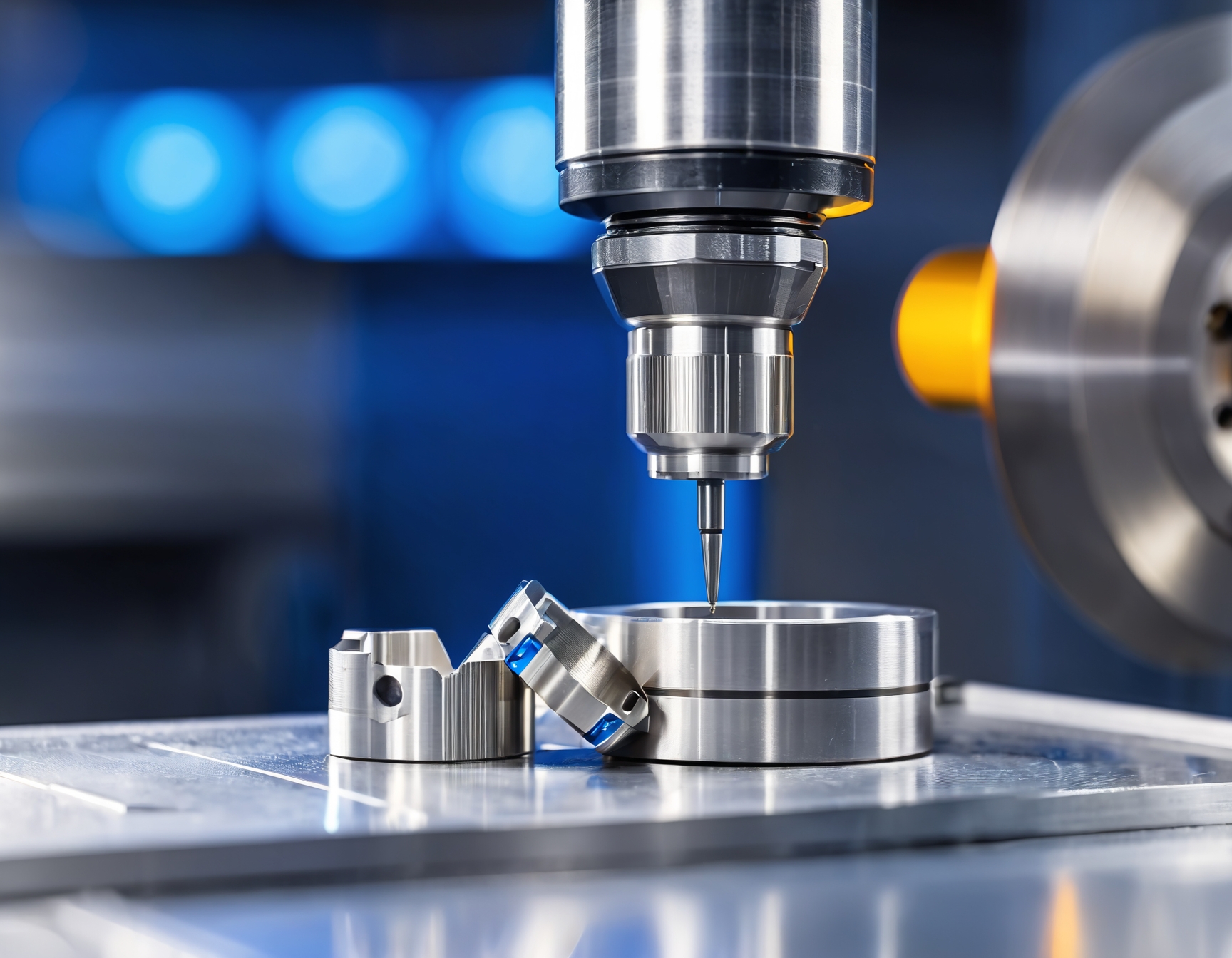Precision Turning Efficiency in Manufacturing Automotive Components
12 August 2024
Discover how precision turning revolutionises automotive component manufacturing. Learn about the impact on efficiency with Kinetic Engineering.
Precision turning is a crucial process in the manufacturing of high-quality automotive components. This method is particularly well-suited for producing cylindrical parts with tight tolerances, making it ideal for automotive components such as shafts, pistons, and bearings. Kinetic Engineering specialises in providing precision turning services that ensure the highest level of efficiency and quality in the production of automotive parts.
Benefits of Precision Turning in Automotive Manufacturing
The adoption of precision turning in the automotive industry has led to numerous benefits:
• Improved accuracy: Precision turning can achieve tolerances as tight as ±0.0025mm, ensuring parts fit together perfectly during assembly. This is crucial in the automotive industry where even the slightest deviation can lead to catastrophic consequences.
• Enhanced surface finish: The process results in smooth surfaces, reducing friction and wear in moving parts. Precision turning achieves this through the use of high-speed cutting tools and precise control over cutting parameters.
• Increased efficiency: CNC precision turning machines can operate continuously, significantly reducing production time. These advanced machines can run 24/7 with minimal human intervention, allowing for uninterrupted production cycles.
• Cost-effectiveness: Investing in high-quality precision-turned components means fewer defects, less rework, and reduced downtime. This not only saves you money but also enhances your overall operational efficiency.
These advantages have made precision turning an essential technique in modern automotive manufacturing, contributing to the production of higher-quality vehicles with improved performance and longevity.
Precision Turning Techniques in Automotive Component Production
Several precision turning techniques are employed in the automotive industry, each suited to specific component requirements:
External turning
Used for creating the outer diameter of cylindrical parts like drive shafts and axles. This technique involves rotating the workpiece while a cutting tool moves along its length, shaping the exterior surface to precise specifications and ensuring optimal performance of these critical components.
Internal turning
Involves hollowing out the interior of a workpiece, ideal for producing engine cylinders and bearing housings. The cutting tool moves inside the rotating workpiece, removing material to create precise internal diameters and surfaces, which is crucial for maintaining proper clearances and tolerances in engine assemblies.
Face turning
Creates flat surfaces perpendicular to the axis of rotation, essential for components like brake rotors and flywheels. This process ensures that these parts have perfectly flat surfaces, which is critical for their function in transmitting or absorbing rotational forces and maintaining balance in automotive systems.
Thread turning
Produces precise threads on both internal and external surfaces, crucial for bolts, nuts, and other fasteners. This technique involves carefully controlling the cutting tool’s movement to create consistent thread profiles, ensuring secure and reliable connections between various automotive components.
By utilising these techniques, manufacturers can create a wide array of automotive components with exceptional accuracy and efficiency.
The Impact of Precision Turning on Manufacturing Efficiency
The integration of precision turning into automotive manufacturing processes has led to significant improvements in overall efficiency. The ability to produce complex parts in a single operation reduces the need for multiple machining steps, minimising handling time and potential errors.
Moreover, the high level of automation in precision turning allows for lights-out manufacturing, where machines can operate unattended for extended periods. This capability not only increases production capacity but also reduces labour costs and improves workplace safety.
Optimised by: Netwizard SEO

